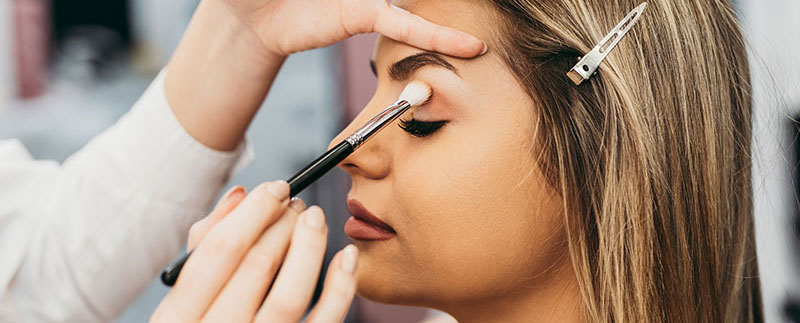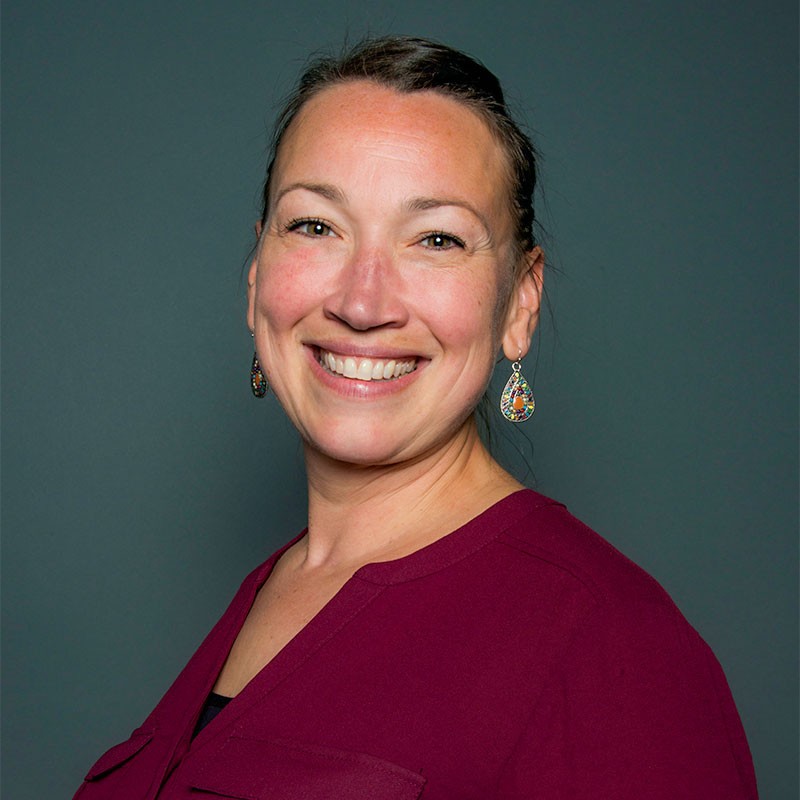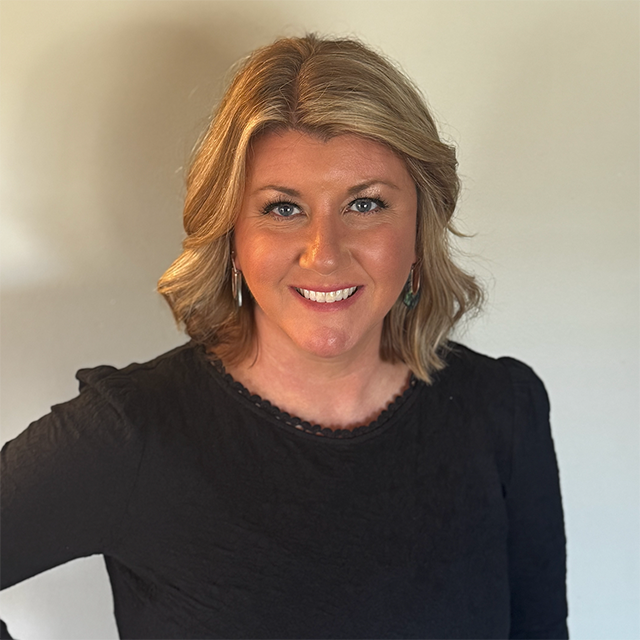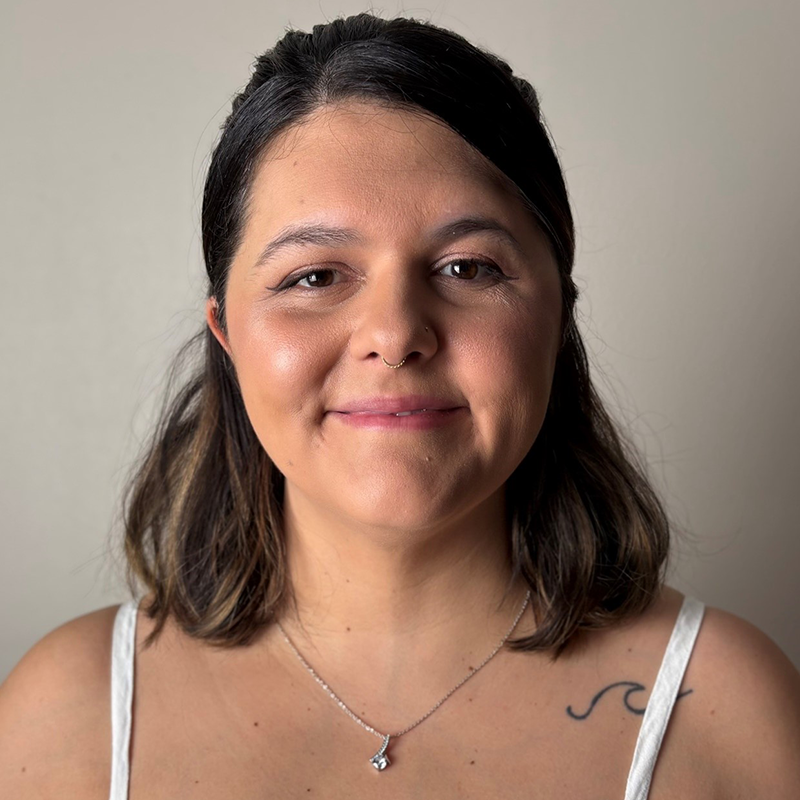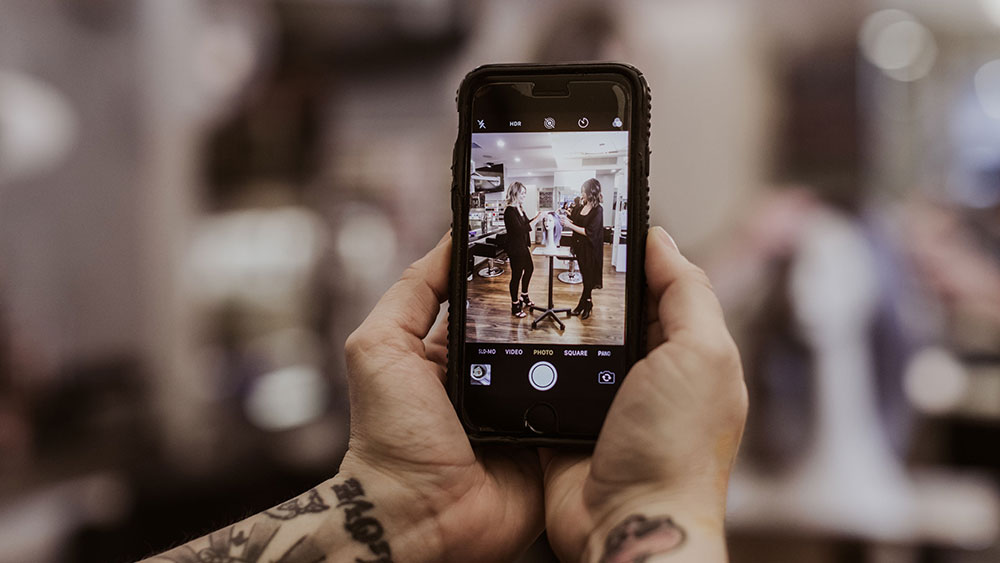
How to Promote Your Digital Learning Platform on Social Media
Simply having an awesome digital learning platform like CIMA by Milady isn't enough. You must remind prospective students why they should care—and why your digital learning platform leaves all others in the pixelated dust. If you accomplish this, you'll help differentiate your school, which will help boost admissions.
Social media is a great way to communicate this message, especially when you're trying to reach people under the age of 35. Below is a list of popular social media platforms along with the largest age demographic for each platform. [Source: Sprout Social]
- Facebook: 25-34
- Instagram: 25-34
- Twitter: 35-49
- YouTube: 15-25
- LinkedIn: 46-55
- TikTok: 18-24
- Snapchat: 13-34
Why does this list matter? Well, consider this: 73% of the pre-licensure beauty school market is under 35, and 38% is under 25. Given the breakdown above, it's safe to say the majority of today's beauty school applicants spend time on social media. So if you want to drive home an important message—like the fact prospective students should pay attention to the digital learning platform a school uses—social media is a great way to do so.
Below, we're sharing social media best practices followed by specific content ideas to promote your digital learning platform to prospective students.
Note: For the purpose of this article, we're focusing on the more "mainstream" social media channels: Facebook, Instagram, Twitter, and YouTube. In doing so, we'll cover the biggest age span according to the demo breakdown above: 15 to 49.
As for the other platforms, keep in mind that LinkedIn is used more for networking and landing a job. TikTok is a newer platform. Businesses are still learning how to maximize this channel from a marketing-perspective. That said, if someone on your marketing team has an affinity for TikTok and wants to develop your school's presence on this platform, go for it. Same for Snapchat; while the platform has been around since 2011, not all businesses, especially beauty schools, have an active presence.
Best practices for promoting your digital learning platform via social media
Make sure you understand the "shelf life" of a tweet or post.
The shelf life is SHORT. This is why you should view social media as a long-term strategy. It's a marathon not a sprint, which brings us to our next point.
Consistency is critical to success.
Since the shelf life of tweets and posts is short, you need to regularly share and repeat your core messages.
Remember, you're always courting prospective students. As prospects research their options, many will land on your various social media channels. No, not all will become followers. But this is why it's even more important to regularly promote core messages, like the wonders of your school's digital learning platform.
Because if a prospective student takes a cursory scroll through your feed, even if they don't become a follower, they'll hopefully see the message about digital learning. And depending on how compelling the image and captions are in your post or tweet, they might remember what they read or—better yet—click to learn more.
Visuals matter—a lot.
People love pictures, especially on Facebook and Instagram. In fact, social media posts with a visual component have better engagement (meaning comments, shares, and likes). For example, HubSpot reports that "Facebook posts with images see 2.3X more engagement than those without images." Make sure you use images in your social media posts.
Some tips regarding image selection:
- If you're sharing a page or blog post from your beauty school's website, make sure the page or blog post features a compelling image. Why? Because Facebook and Twitter will "pull" the image when you share the link on those platforms.
- On Instagram, you only share images or videos. Ideally, use images of real students and real locations in your school (make sure you have permission, of course). Good news: You don't need to be a professional photographer either. Camera phones can work great. We wrote a blog post about Instagram marketing, including tips for taking better pics with smartphones.
- If you need to rely on stock photos, a variety of options exist, including some that cost money (like Shutterstock) and others where you can get "free" images (ALWAYS read the terms of use). Pexels is a good place to check out.
- Editing tools like Canva (which has a free option) can make adding captions and resizing images a breeze. (Each social media platform has different image specs.)
Experiment with posting on different days—and different times of day.
Don't limit your posting timeframe to Monday through Friday, 9-5. Post on weekends and off hours as well. Reminder that you can schedule posts on Twitter, Facebook, and Instagram.
Measure results by paying attention to analytics.
Your website analytics (like Google Analytics) should be able to tell you how much traffic is coming in from your social media platforms. (If you want to take a deep dive into analytics, learn about creating tracking URLs.)
Make adjustments based on what the numbers are telling you. For example, if you keep sharing a blog post about your digital learning platform, but no one clicks on the link, make some changes, such as swapping in a different feature image, to see if you get more clicks.
Don't be afraid to do less on channels that aren't working.
If you discover that you get better traction on one platform vs. another, let that be your guide. Put more effort into the platform that delivers the results you're looking for.
Content ideas for social media that you can easily customize
1. Share real words from real students about their experiences with your digital learning platform.
Gather testimonials from current students. Note: This should be an ongoing marketing task. The goal is to create a library of compelling testimonials that speak about all aspects of your digital learning platform.
Share these testimonials regularly on Facebook, Twitter, and Instagram. Simply intro the testimonial with something like this: "More thoughts from one of our students on how our digital learning platform has helped her excel in our program." (Then, follow that intro with the student's quote.)
Remember our note above about images in social media? Ideally, use a picture of the student (again, get permission). A smartphone photo is fine! Ask the student to either take a selfie or to have a friend take a picture of them with a laptop or computer in the background.
Bonus: You can use these testimonials in a variety of marketing materials, including website pages, online ads, and print brochures.
2. Repost student selfies that show them studying on the go with your digital learning platform.
Every month (or so), make a request on Facebook, Twitter, and Instagram asking students to take a selfie of themselves using your digital learning platform—and the more unusual the location, the better: at the top of a mountain, on the beach, in a subway, in the bleachers at a game. You get the idea. Ask students to tag the photo with your beauty school's name and/or the “handle” you use on that particular platform. (The tag will help you easily find/be alerted about the photo's existence.)
Then, share the selfie across your social media channels (Facebook, IG, Twitter) with a post like this: "Our digital learning platform makes studying possible no matter where you are. Just ask [STUDENT NAME]. #LearningOnTheGo #DigitalLearning #CIMAbyMilady
This should be a regular part of your social media marketing strategy. If you ask for pictures once a month or every other month, you'll compile a library of cool photos that you can share—and reshare.
3. Start a "Feature Friday" series.
Every Friday, highlight a feature of your digital learning platform—focus on the things that matter to students, like access across devices, real-time grading, immediate feedback, and CIMA's chat feature that fosters an increased sense of community.
You can use screen shots along with a caption to get across the benefit of the feature. On places like Twitter and Instagram, tag your posts with relevant hashtags like #DigitalLearning #LearningOnTheGo and #LearnBetterAt[yourschoolname]
4. Create and share videos about your digital learning platform and your students' experiences with it.
Including videos in your social media posts can increase engagement as well, often exponentially. For example, HubSpot reports that "Tweets with video get 10 times more engagement than those without."
Creating videos is a worthy endeavor since the videos can serve multiple purposes:
- You can add them to your YouTube channel.
- You can share them across social media platforms.
- You can embed them on your website and in emails.
- You can even include them in print video brochures (yes, really). Brochure options exist that embed a small LCD in the brochure itself (and you can have your video cued up). Curious? Google "LCD video brochure" to browse options.
Video content ideas for promoting your digital learning platform:
- Create a 30-second video featuring student testimonials. This can be text-based, where the testimonials appear on the screen as text. (Many people watch videos with the sound off, so having captioned videos is always a smart strategy.)
- Create short videos with students talking on camera about why they love your school's digital learning platform.
- Create a short video on each feature. If you highlight 5-7 features, that's five to seven videos you can add to your YouTube Channel and share on Facebook, Twitter, and Instagram TV.
- Create a "Top 10 Reasons Why" video about why the digital learning platform your school uses is the best one on the market.
5. Take advantage of our ready-made materials.
Our team at Milady wants our CIMA customers to be successful, so we've created assets that you can use to promote the benefits of CIMA to your prospective students.
Remember the key to successful marketing is this: lather, rinse, repeat.
Beauty school educators can appreciate the adage "lather, rinse, repeat." When it comes to promoting key messages to prospective students, this is the winning formula. If you need help along the way, let us know.



